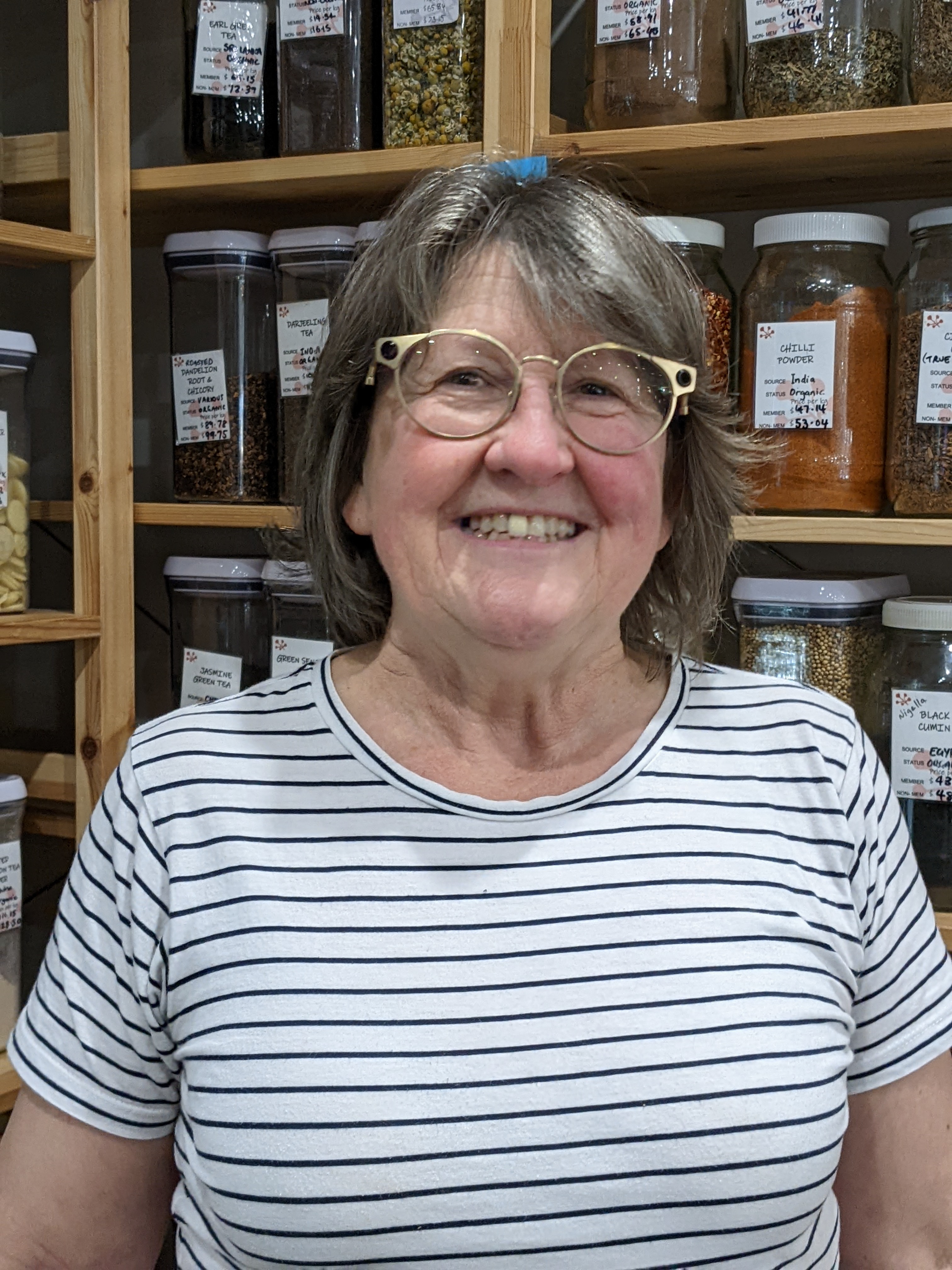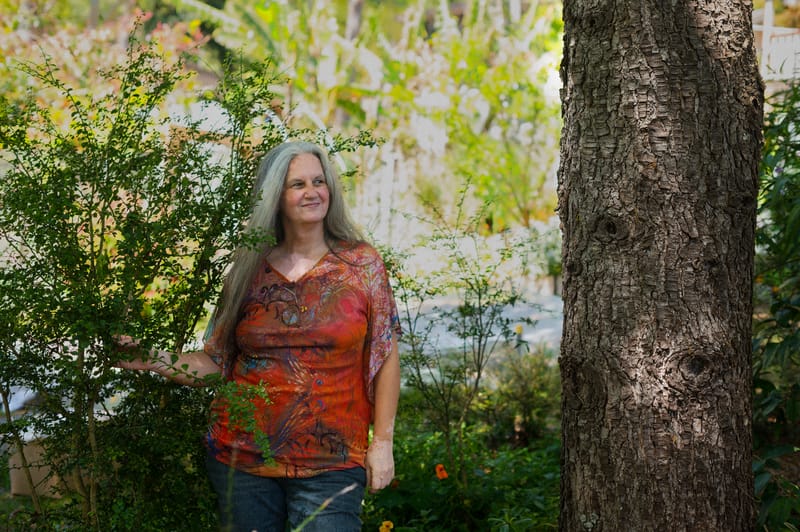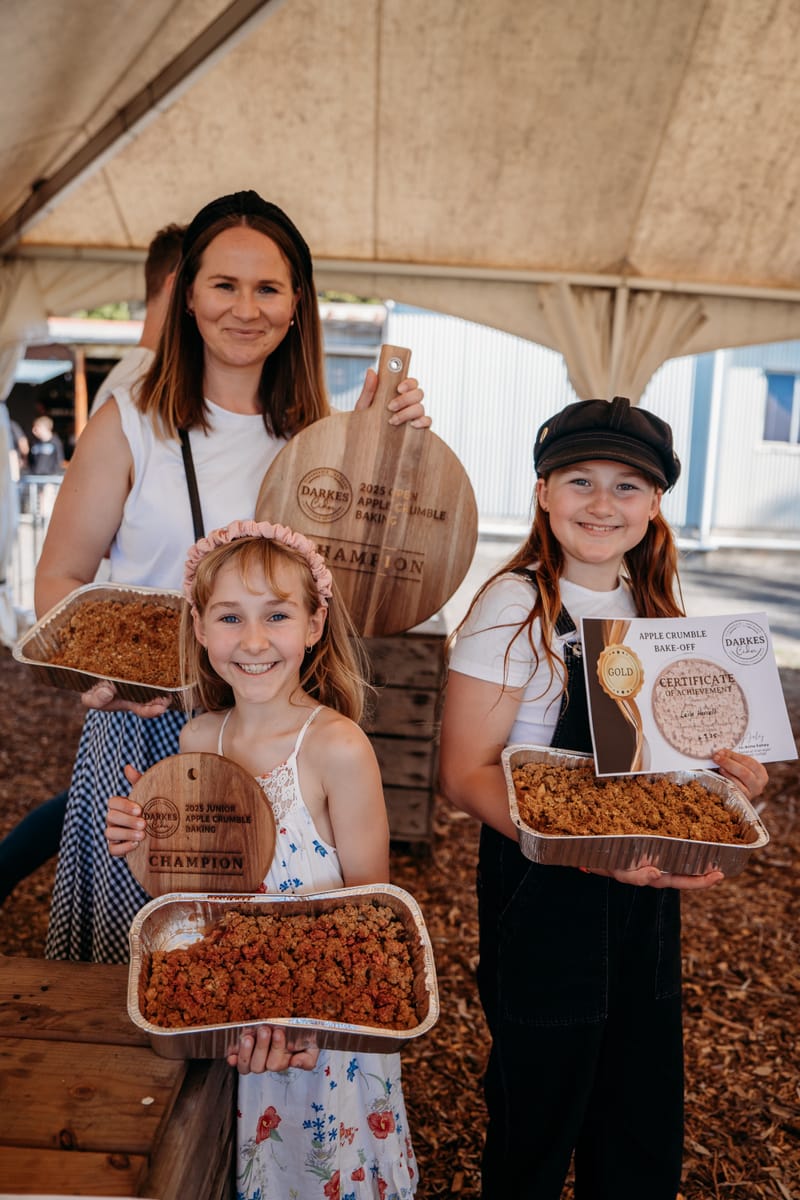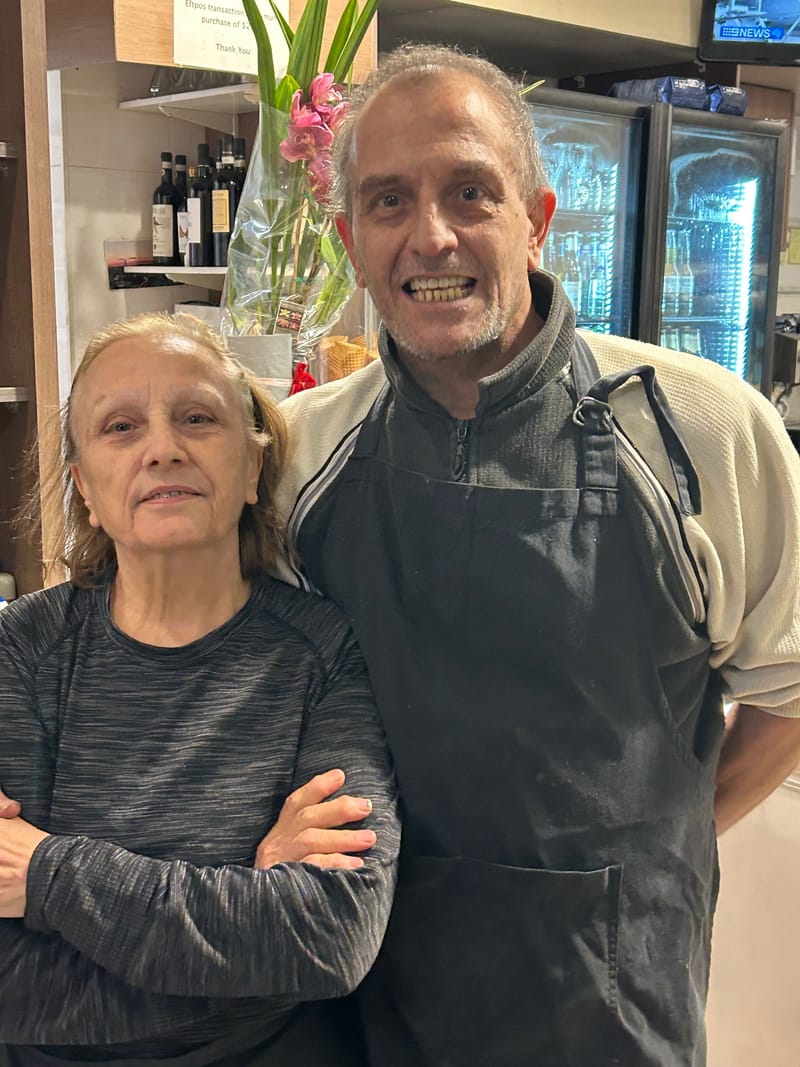Let’s talk about Asian greens
A huge variety and abundance of nutrient rich green vegetables are available to us, thanks in part to Asian migration. A short history lesson - Chinese migration to Australia began in earnest in the early to mid 1880s with the gold rush...
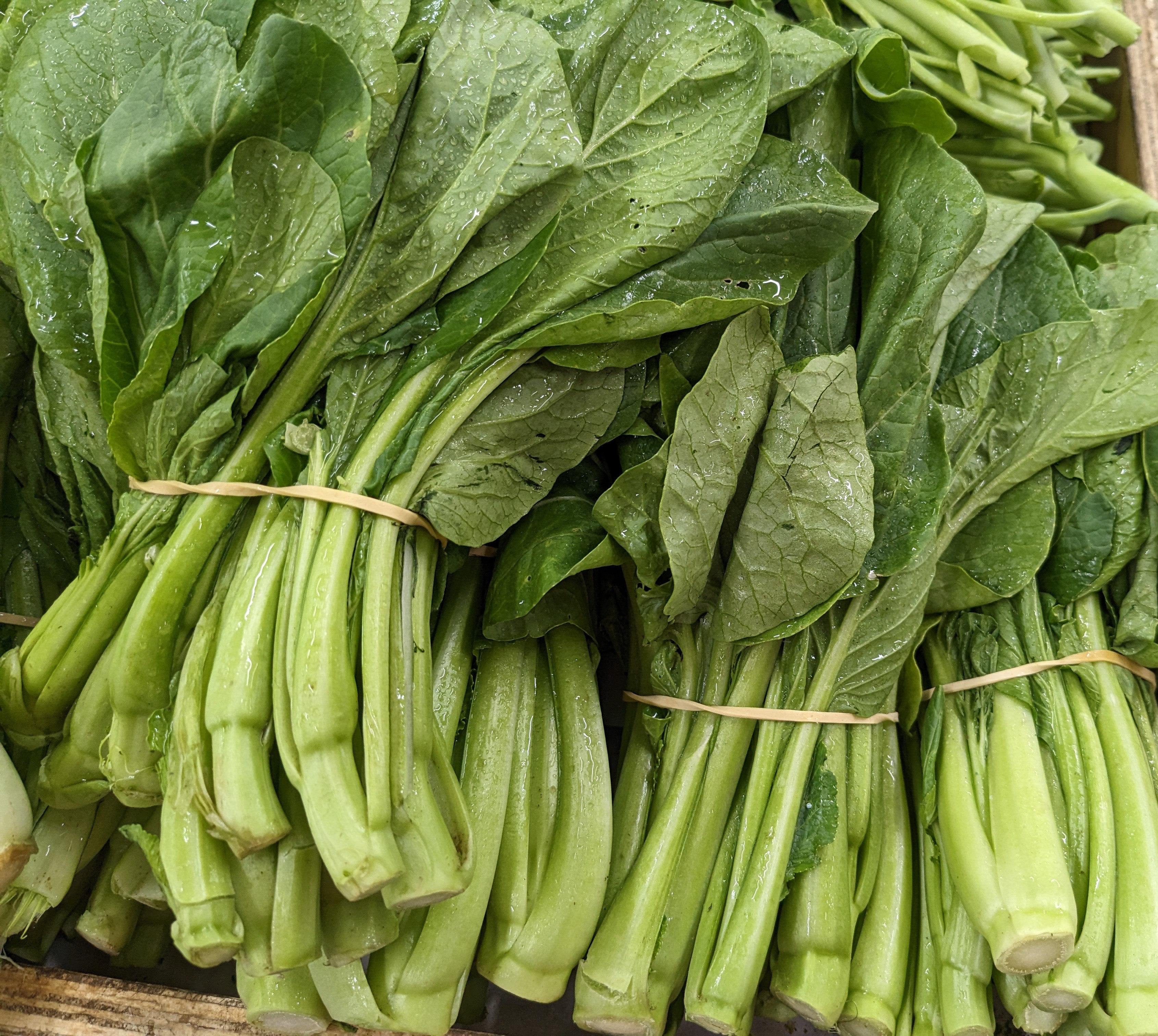
A huge variety and abundance of nutrient-rich green vegetables are available to us, thanks in part to Asian migration.
A short history lesson: Chinese migration to Australia began in earnest in the early to mid-1880s with the gold rush. After the gold rush, Chinese immigrants came in search of farming and agricultural work. With their skills, Chinese market gardeners dominated the production and distribution of vegetables in the late 1800s and early 1900s. They brought skills and knowledge from home and also adopted local practices. With post-war European migration, market gardeners tended to be the Italians and the Greeks.
Fast-forward to the 1990s and with an increase in Asian immigrants, new vegetables were introduced to the mainstream Australian diet.
When you enter an Asian supermarket, you will be see a variety of common and not-so-common greens. All are quick and easy to cook and great for our health. Many of the more common are from the brassica family.
Most of us are all familiar with bok choy, the smaller baby bok choy and the white stemmed version. Also increasingly common is Chinese broccoli or gai lan. This often appears as a dish at yum cha, and they can be boiled, stir fried or braised with added flavours such as soy or oyster sauce. The white cabbage or wombok is delicious shredded and served raw in a salad or added to soup at the last minute. Others often found are tatsoi, mustard greens and Chinese celery.
All can be cooked and eaten on their own, as part of vegetable dish with or without tofu or stir fried with pork, chicken or beef for the meat eaters.
Check out your local Asian supermarket for the cheapest and freshest Asian greens.
Did you know?
There is a state heritage-listed Chinese market garden in the south-eastern Sydney suburb of La Perouse which is still farmed today. This site has had continuous cultivation of food for Sydney by Chinese market gardeners since 1909.

